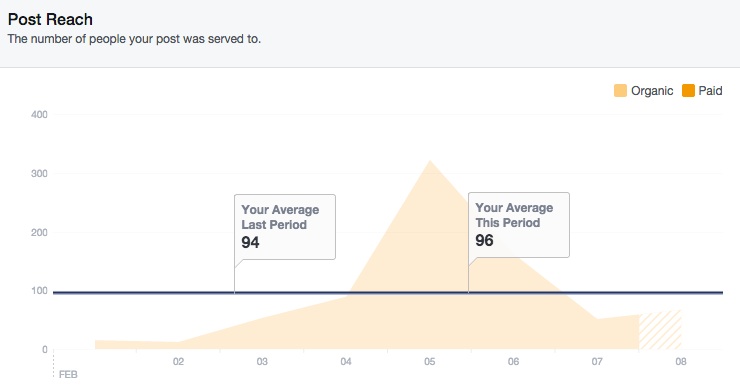Super Bowl ads are always big news, whether you’re in the marketing industry or not. As a Patriots fan I’ll admit my eyes were glued to the screen for reasons other than professional marketing curiosity, but Super Bowl Sunday was a win for more than just my team. The advertising was, for the most part, memorable. And more than ever before, it was largely experienced via YouTube.
The video service announced that as of Friday, Super Bowl XLIX ad viewing was up 4% from all 2014 Super Bowl ad viewing combined – 7 million hours watched up until February 6th, compared to 6.3 million hours last year total. Many major ads were released on YouTube even before the big game, and almost all were teased in some way on the platform. For the record, my favorite was the Snickers/Brady Bunch ad.

Since I’m a writer, when you say content, I typically think written content. But video is clearly the way many of us consume content now, whether it’s informative, salesy or fun. All the big brands are (wisely) already well aboard the video content bandwagon, but small businesses have definitely struggled to make video their own. It’s understandable – video content is trickier and more time-consuming to produce and get right than written content or photos, but it doesn’t have to be an impossible task.
YouTube is Still Home for Video Content
Though other platforms are definitely trying to increase their share of the market, YouTube is still where most users get their video content. If your business produces a video, whether it’s an ad or a product teaser, YouTube is the natural host for that content. It’s versatile and easy to embed and link to, and users trust it because it’s familiar. You can use that video content anywhere, from your website to your social media channels.
Related Class: B2B Video: Expert Tactics and Tricks
That said, I would not recommend that you upload to YouTube and then call it a day. If you plan on sharing that video content through your Facebook page, there are major advantages to uploading the video directly to Facebook, in addition to YouTube. You can, of course, just link to the YouTube video in a Facebook post – but you’ll lose a lot of reach and other benefits.
The Case for Native Facebook Video
We all know that the Facebook overlords decide which of our posts reach a sizable audience, and how many eyes those posts actually get in front of. Those Facebook algorithms favor Facebook videos over other types of content, so uploading your video content to Facebook – as opposed to just linking to your YouTube video in a post – will reach many, many more people.
After all, Facebook doesn’t make a dime when you click on a YouTube video link, and that’s their big competition! It’s only natural they’d favor their own native content over exterior links that pull you out of the platform. Facebook videos also offer better mobile functionality than links to YouTube videos, because they autoplay video content.
The Video Advantage
I saw the Facebook video advantage in action this week after posting a video for the arts non-profit I work for. We operate in many ways like a small business (since much of our marketing is about selling tickets to performances), so we’ve been trying to get more video content into our social media platforms. I sat in on soundcheck, recorded 30 seconds of video, and uploaded to our Facebook page on February 5th.
You can see there’s a major spike in reach on the 5th – to date it's seen 463 sets of eyes, well above our average of around 100 (don’t laugh, we’re small but growing!). Facebook’s Insights will break it down for you in detail – how many people watched, how long they watched for, and whether they clicked through to your website.
Making Content that Connects
But posting video isn’t just a clever ploy to reach more people and sell more tickets – for us it’s a way to connect our Facebook followers with what we’re doing and our brand and organization as a whole. Not everybody buys tickets to our shows, but as art/culture/music lovers they can enjoy the video as freestanding, interesting content.
If your business advertises on TV, you should definitely be sharing that content via social media videos as well, as we saw with this year’s Super Bowl ads. But there are many types of video content that are relatively simple and inexpensive to generate, and even small businesses can typically do them in-house with a little bit of practice. And if Facebook advertising is your thing, you can turn your best or most successful Facebook videos into paid ads within the platform.

Think about product and service demonstrations or informational, how-to product videos. Social media audiences also love to look behind the scenes, whether it’s at an event (like soundcheck) or just a day at the office. Video content like this will humanize your business, connecting viewers with your staff and your brand, and not just your products or services.
